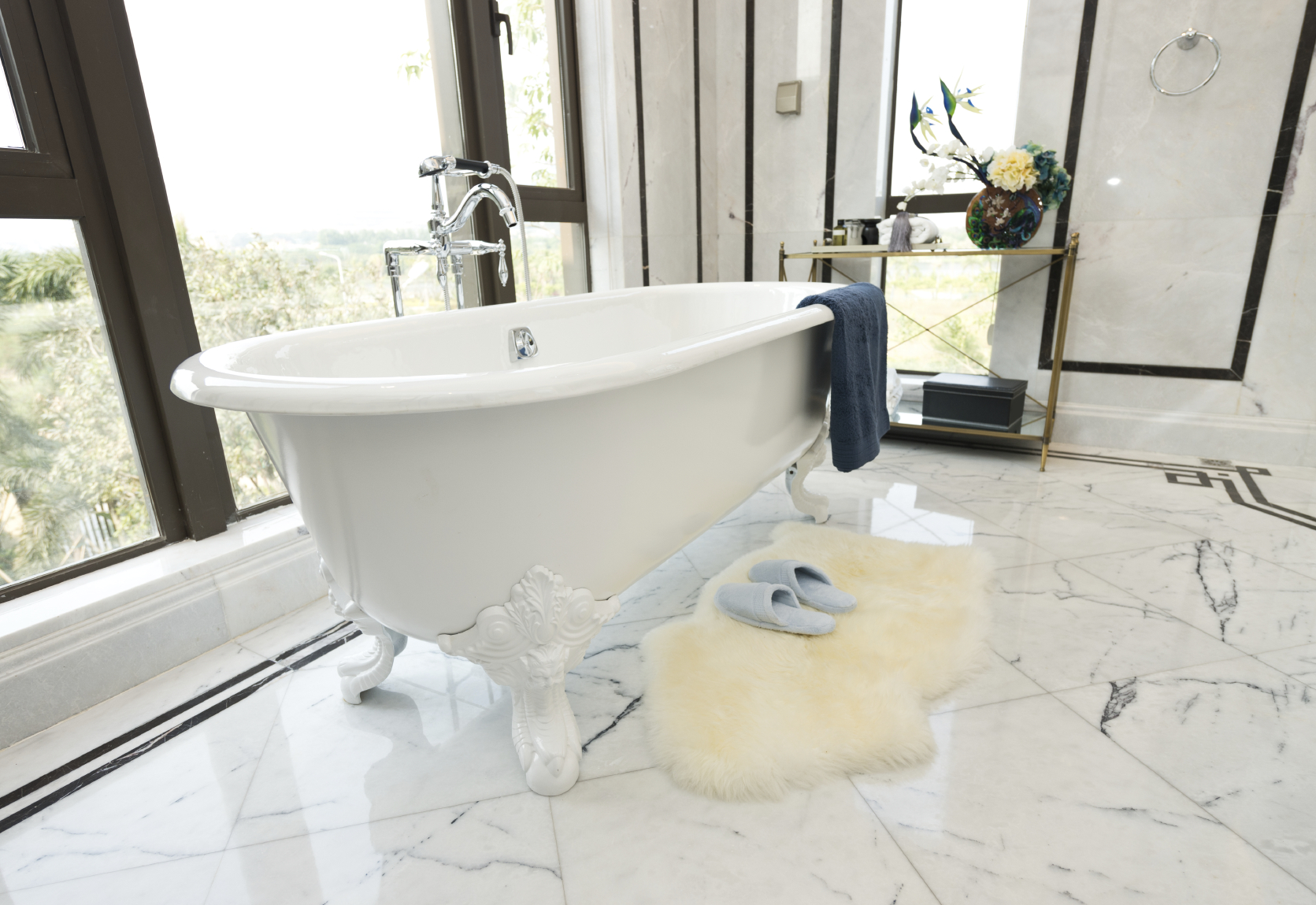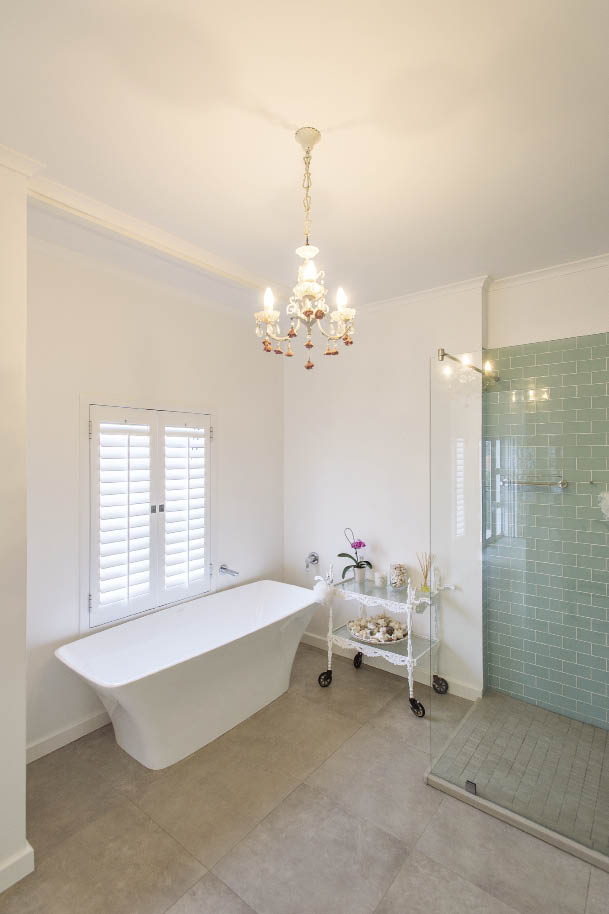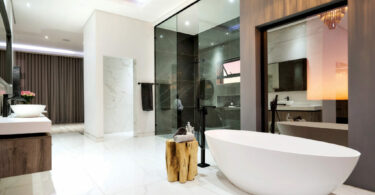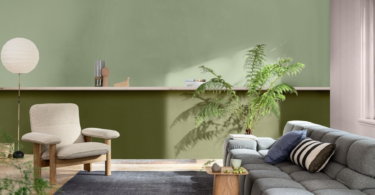In many ways the bath is the ‘heart’ of the bathroom, setting the tone for the whole space.
The modern bathroom is not just about function. It is a haven to retreat to after a long day. And when it comes to choosing a bath, the possibilities are endless – from freestanding and classic claw-footed designs, to stone and copper tubs, spa baths, tubs with neck rests and armrests, ones set into platforms or ones that you step down into or even walk into. So how do you choose the one that’s best for you? Here are some guidelines to consider before taking the plunge…
1 Consider the overall aesthetics: What sort of look do you want for your bathroom? The bath will likely be one of your first choices, so use it to inspire your other decisions, from taps, to basins, to lighting, to tiles. I you have the space for it, a freestanding bath with floor-standing taps will give the bathroom an incredibly indulgent feel. Some people prefer the whole Victorian look, complete with claw feet, while others like a more contemporary design that leans towards curvy, organic shapes over more rigid squares and rectangles. You can even go with a colour other than white; think varying shades of grey or even bright colours like blue and yellow.
2 Make sure it measures up: The bath will take up a fair portion of the room, which makes it crucial to accurately measure the area where it will sit. Factor in where all the other accessories and fittings will be installed too (like taps, towel rails, tiles, drains, etc). Also measure the door frame to make sure you can get the bathtub into the room to install it. Recessed or alcove baths are usually installed against a wall on two or three sides and are the kind that we’re most familiar with. Corner baths are designed to fit into a corner like a wedge, so they are a good solution where space is limited. Freestanding baths don’t connect to any walls for support, so this is where you’ll find the most innovative designs and unconventional shapes.
3 Get a comfortable fit: Choosing a bath is a very personal thing, so don’t let someone else make this decision for you. Yes, a contractor can help you to determine tub size relative to space and guide you with regards to installation, and a designer can help you decide on style, but you should decide on the bath you’d like to climb into every day. You have to try it on for size, right there in the showroom. Climb in, lie back and imagine yourself having a good, long soak. Don’t be embarrassed – it’s the only way. Some baths look great but can be extremely uncomfortable once you’re in them (especially the more angular ones). Think about whether you like to sit up, supported by a backrest. Or do you prefer to lie down, with your legs fully extended? Do you want your feet to reach the end of the bath without your head going underwater? Do you have children who will use the bath too? Do you need armrests or grab bars? Would you like enough room for two? If so, then you’ll want to opt for a double-ended bath so no one has to sit on the plug or in front of the tap. Also consider the slope of the backrest and the height of the bath (this is often overlooked). The height helps you determine where the taps will go, where the tiles will start, to see if you will need to sink the tub into the floor a little or install a non-slip step to be able to get in and out of it more easily.
4 Consider consumption: The size of your bath will affect your monthly water and electricity bill (a sensitive issue in our current climate of water restrictions and/or load shedding, depending on the season). So a soaking tub, which is usually deeper and wider than your average bath, will quickly lose its appeal when you have to wait forever for it to fill up or when the geyser can’t supply enough hot water for more than one person to have a bath in one night.
5 Spend smart: A bath is a long-term investment, so don’t be afraid to spend a little more on a comfortable, attractive and well-made tub. The material it’s made from will determine its price, durability and ease of maintenance, so if yours is going to be used daily by a number of people, including children and the occasional dog, you’ll want to select a material that will stand the test of time. Just remember that in addition to the cost of the bath, you’ll need to factor in the cost of plumbing, fittings and installation.











Leave a Comment